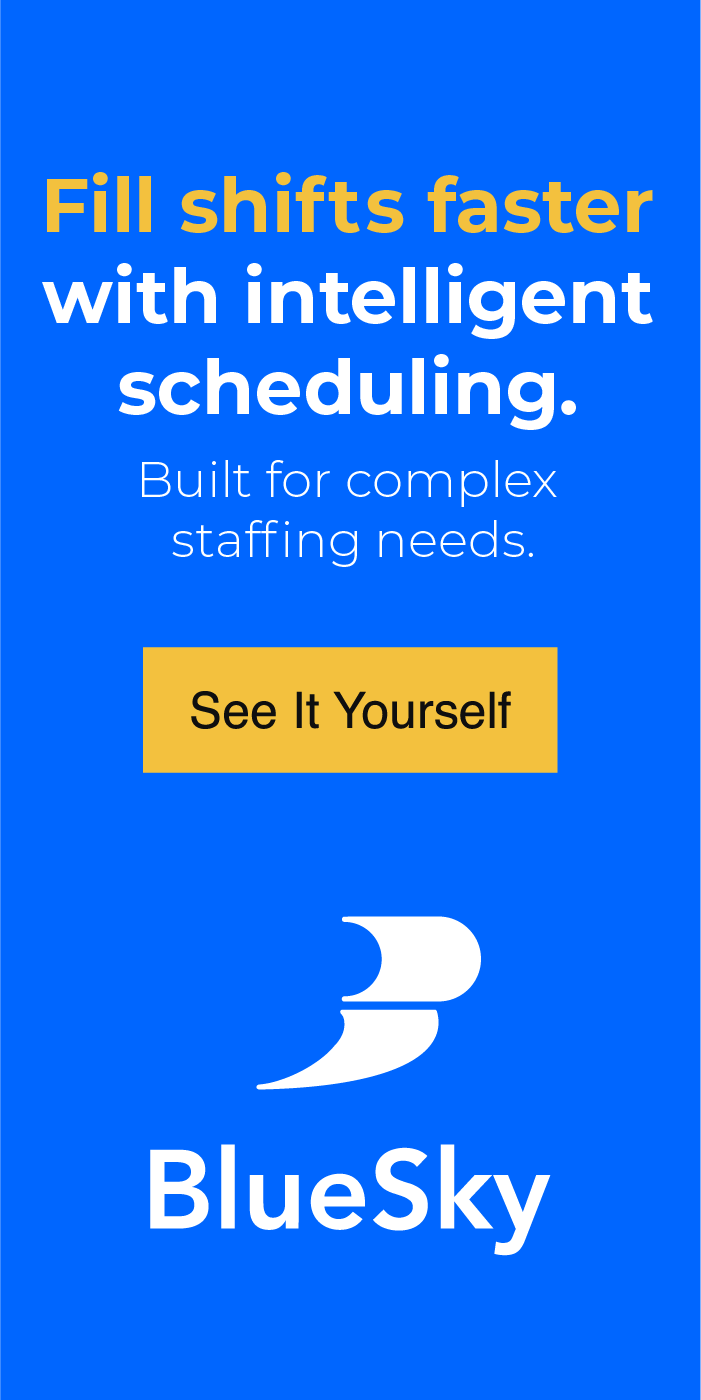Traveling around through various associations and conferences, I hear the same refrain; “we’re going to eliminate travelers and contract labor”.
That sound like music to the CFO’s ears, but is it be realistic? In some cases, a laser like focus on staffing models can have that impact. However, the $63B in temp staffing nationwide presents a different picture.
In 2022, the largest number of hospitals in decades experience a negative operating margin. In nearly every case, labor was a primary driver for this growing expense. What can be done?
Around turn of the century, purportedly Henry Ford said, “if I listened to the customer, I would have spent my time building a faster horse”
The point here is that until a level set consciousness has pervaded the C-Suite, everybody will just keep trying to make the horse faster instead of looking at alternatives.
In a recent meeting of Human Resource Executives, the question was posed, “do you think we will be talking about a nursing shortage next year, or the year after?” The answer was a resounding YES.
Now comes the scary part; what can we do about it?
There is a mountain of data that regardless of all the current hiring and education incentives, we will still have a shortage of nurses. Although initiatives to continue to increase the number of candidates, alternatives have to be considered.
No longer can managers solely rely on the way it has always been done. The easy way is to hope we can make a faster horse, but the reality is the horse will always be limited. The reality is there are not enough nurses, and there won’t be for some time. Although technology cannot magically make a thousand nurses appear overnight, it can utilize AI to open new doors for better understanding the nature of the nurse market, and the nature of cross matching competencies within the same organization.
Have you ever wondered what happens to the 10,000 nurses around the country that come home after a travel assignment?
Let’s assume on average a travel nurse that actually lives in your backyard takes three 3 months assignments across the country. If there is not an opportunity waiting at home, they will wait for the next assignment. For tax purposes, assuming a nurse lives at home for 3 months out of the year, that is 13 weeks, time 36 hours per week, or a total of 468 hours that might be available locally. It only takes 10 of these to account for nearly 5,000 hours. That adds up.
However, to address that opportunity requires a different mindset. As more and more nurses are leaving full time employment to embark on a career in temporary work, the question becomes, do you have an effective outreach program for these candidates? In other words, are you speaking the language of the agency to engage these nurses. Are you providing an opportunity to work similar guaranteed hours that you current provide a traveler? Did you know as much as 40% of your bill rate for travelers is used solely for lodging, travel and incidentals?
Change is tough, and sometimes scary, but for some, it’s the only way forward. Time to get off the horse and find a better, faster, safer way.
ABOUT THE AUTHOR
 Tim Teague
Tim Teague
President, BlueSky Synergy
{% icon icon_set=”fontawesome-5.14.0″ name=”LinkedIn” style=”REGULAR” height=”28″ purpose=”decorative” title=”LinkedIn icon” %} {% icon icon_set=”fontawesome-5.14.0″ name=”Envelope” style=”SOLID” height=”30″ purpose=”decorative” title=”Envelope icon” %}
Tim is a thought leader in the contingent labor market place. His latest technology approach takes advantage of hospitals developing their own “gig” workforce. This technology is similar to what staffing agencies have enjoyed for years.

